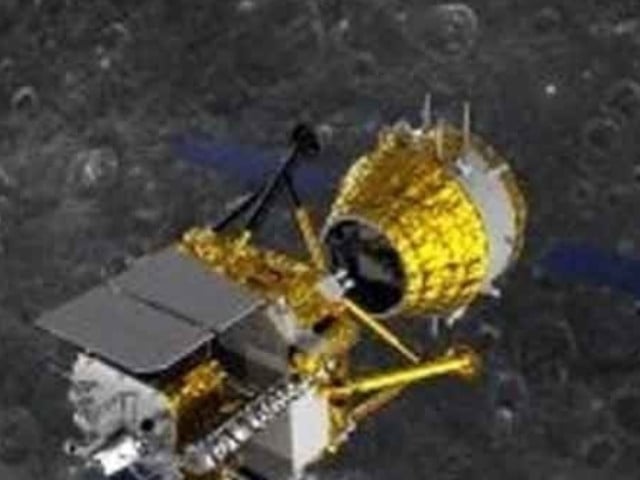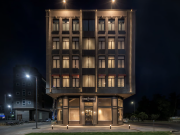ISLAMABAD: China’s Chang’e-6 probe helped Pakistan’s satellite ICUBE-Q reach the detachment point, allowing it to be released into lunar orbit on Wednesday.

Now that the satellite is in lunar orbit, testing will begin. Over the following five to six days, the Institute of Space Technology (IST) will carry out a number of experiments.
At present, Drs. Khurram Khurshid and Qamarul Islam are in China to oversee the nation’s inaugural lunar expedition. According to Khurshid, tests of the battery and communication systems will also be carried out when ICUBE-Q is in orbit.
The orbiter’s imaging system needs to be verified for operational readiness, which might take up to a week. As a result, the first lunar photographs are anticipated by May 15 or 16. During this time, the sub-systems will also be tested.
China’s Chang’e-6 lander will settle on the moon during the following phase, gathering rock and soil samples from the south pole.
On June 4, the Chang’e 6 mission is slated to begin its return voyage to Earth, with an anticipated arrival date of June 25.
On May 3, Pakistan’s space program made history when its first-ever lunar orbiter took out from China’s Henan Space Launch Site.
The Asia Pacific Space Cooperation Organization (APSCO) and the China National Space Agency (CNSA) presented member states with the chance to send a student-built payload to Earth’s nearest celestial neighbor onboard the Chang’e 6 mission in 2022, sparking the beginning of the hunt to deploy a lunar orbiter.
The IST put up a proposal for a lunar CubeSat called ICUBE-Q. The proposal was chosen via a review procedure. Shanghai Jiao Tong University (SJTU), SUPARCO, and the students and staff of IST worked together to create the payload.
The CubeSat, the separation mechanism, and the mounting bracket make up the payload. The payload is around 7 kilograms in weight. In addition to additional sensors and equipment for altitude controls, deep-space communication, and other purposes, it is equipped with two cameras for taking pictures of the lunar surface.









































